By Marcia Brown
The Caldecott Medal winner is exceptional partly because of the woodcut illustrations. This is an uncommon medium for children’s books, which most commonly use strong color or stark black on white to attract the eye of junior readers. The two or three earth colors used to stain the woodcut illustrations and the use of reverse color are pleasing to the eye and are rather sophisticated for the art form, a pleasure for the adult reader as well as the child.
While the story is rather short, some style uses should be pointed out. The author intentionally splits sentences between pages, most often shifting the direct object to the next illustrative page to draw the reader on to the story. With only two to four lines of text per page, the reading difficulty is set low, and the word choice is set equally low, but the fable relays a sophisticated point.
The Indian hermit, contemplating what ‘big’ and ‘small’ mean, uses magic to save a mouse from a crow, a cat, a dog, etc. by making the mouse a larger creature each time it is attacked. When the mouse eventually becomes a tiger, it grows prideful and “peacocks” around the forest, “lording it over the other animals.” When the hermit chastises the tiger, the tiger plans to kill the hermit for his disrespect. The hermit knows this and turns the tiger back into a mouse and sends it to the forest, “never to be seen again.”
To the younger child, the message of humility is clear and straightforward. Circumstances change. As a result, you should have humility when things are going very well. They will not always.
To the adult, the added moral unfolds about responsibility. Each time the mouse is enlarged to avoid a threat; it does not do so because of any action on its part. All the action comes from the hermit. But once the mouse becomes a tiger, it believes itself to be royal and, as in the past, untouchable. It even plans to attack its benefactor because he will not lavish it with royal praise. The mouse does not learn until it is punished by being returned to its initial status. Since the hermit’s rescue in each case saved the life of the mouse, the inference is that the punishment was eventually fatal. By not allowing the mouse to learn from it’s mistakes, the hermit eventually forced the mouse to fail.
I take it back. This is a great book to read to your principal.
Unfortunately, I have not yet found a lesson plan to go along with this story.
Sunday, March 4, 2007
Subscribe to:
Post Comments (Atom)


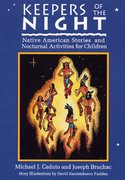



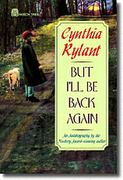






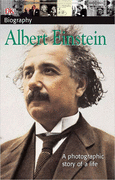
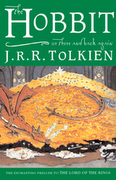

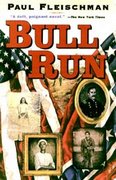


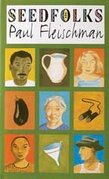


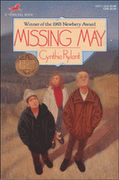
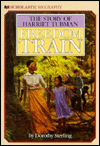
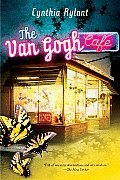


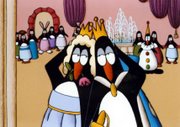


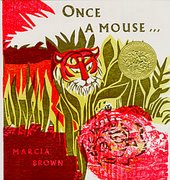
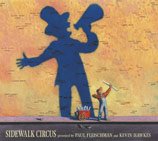
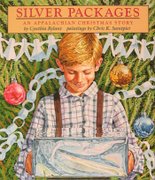


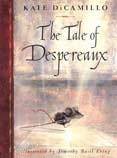

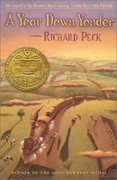




No comments:
Post a Comment